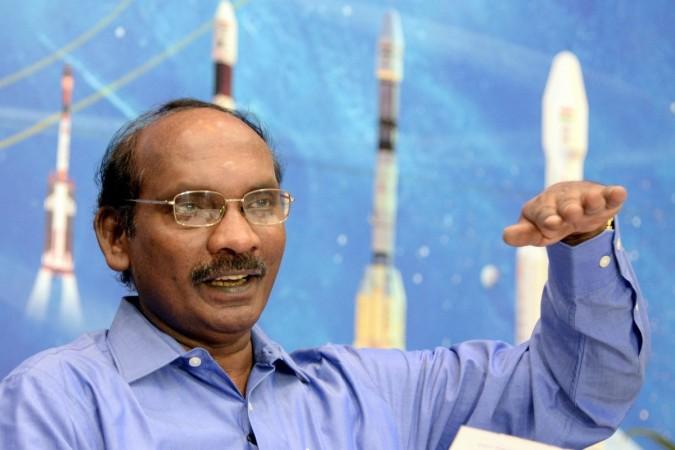Indian Space Research Organisation's own orbiter had located the crashed Vikram lander on the lunar surface, said Chairman K Sivan after NASA credited Chennai-based techie Shanmuga Subramanian for the identification of the lander's debris on Tuesday.
"ISRO will not refute the claims made by the NASA," said the ISRO Chairman, speaking to media on the sidelines of the sixth convocation of the Central University of Rajasthan in Ajmer. "You can see on our website that we have already identified the crashed lander, however, We don't want to refute the claims made by NASA," he added.

The 33-year-old techie Subramanian got credited for positive identification of Vikram lander's debris on Tuesday and said that he took spotting the lander as a challenge when NASA could not.
"It was something challenging as even NASA can't find out so why can't we try out? And that's the thought that led me to search for Vikram lander," he said.
Counterclaims
Following the announcement, a senior official of the Indian space agency had also wondered if the image released was really of the debris of Indian moon lander Vikram.
Tapan Misra, Senior Advisor at ISRO studying the images released by the US space agency said: "Today NASA released LRO images of Chandrayan2 crash landing site. Very interesting images. Changed many conventional ideas, I had in my mind."
He said Vikram with partially burnt fuel must have had a mass of 700-800 kg (original weight was 1,471 kg), similar to that of a sedan car or a small aircraft. And as per ISRO data, it was travelling at a speed of 534 km per hour, speed of a jet aircraft.

"With this impact like jet crash on lunar regolith, a very fine dust of 0.5 m to 5-6 m thick covering of lunar surface, I expected a great upheaval in the first impact site, spreading around 10 m or more across."
"Almost like a small crater or dent. In fact, the dust or debris could jump up much more than on the earth, as lunar gravity is one sixth of that of the earth. But, surprisingly not a single change in dent one can see, except local brightness variation," Misra said.
Citing the unspent fuel on the lander, Misra expected some dark patches of burnt signs on the lunar surface as the fuel could have spilt on impact and burnt for a while since both -- fuel and oxidizer -- were present.
"But nothing like this is seen. Also, I expected some debris left behind at the first impact site. But, I could see none," Misra pointed out.
India's space missions
Meanwhile, K Sivan talked about the other space missions that India will take up. He said ISRO is scheduled to complete 13 space missions by March 2020.
"These include six launch vehicles and seven satellite missions. Apart from these projects, ISRO shall be launching project Aditya-1 soon, through which information about the origin of the sun will be collected and activities under the sun will be explored. Information can also be collected about the Solar storm."

Sivan also announced that ISRO would launch the radar imaging satellites soon.
On the question related to the research being done by NASA on Dark Energy and Dark Matter, Sivan said that there is no dearth of budget, but presently, ISRO will not study it as it is presently working on four satellites simultaneously. ISRO shall be launching RISAT-2 BR-1 and RISAT-2 BR-2 soon, he added further.
(With agency inputs.)









